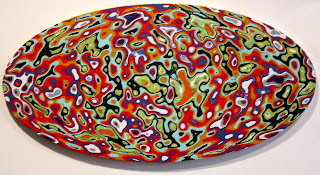Where is the LHC?
The LHC is physically located in a circular 27km (16.5m) long tunnel under the Swiss/French border outside Geneva, but as an international project the LHC crosses continents and many international borders.
In the UK, engineers and scientists at 20 research sites are involved in designing and building equipment and analysing data. UK researchers are involved with all four of the main detectors and the GRID. British staff based at CERN have leading roles in managing and running the collider and detectors.
Most, if not all, research teams are contributing to GridPP.
UK LHC centres:
· Brunel University, (CMS)
· Imperial College - University of London, (CMS, LHCb)
· Lancaster University, (ATLAS)
· Oxford University, (ATLAS, LHCb)
· Queen Mary - University of London, (ATLAS)
· Royal Holloway – University of London, (ATLAS)
· STFC Rutherford Appleton Laboratory, (ATLAS, CMS, LHCb)
· University College London, (ATLAS)
· University of Birmingham, (ATLAS, ALICE)
· University of Bristol, (CMS, LHCb)
· University of Cambridge, (ATLAS, LHCb)
· University of Durham, (theory)
· University of Edinburgh, (LHCb, GridPP)
· University of Glasgow, (ATLAS, LHCb theory)
· University of Liverpool, (ATLAS, LHCb)
· University of Manchester, (ATLAS)
· University of Sheffield, (ATLAS)
· University of Sussex, (theory)
· University of Swansea,
· University of Warwick,
· University of the West of England



